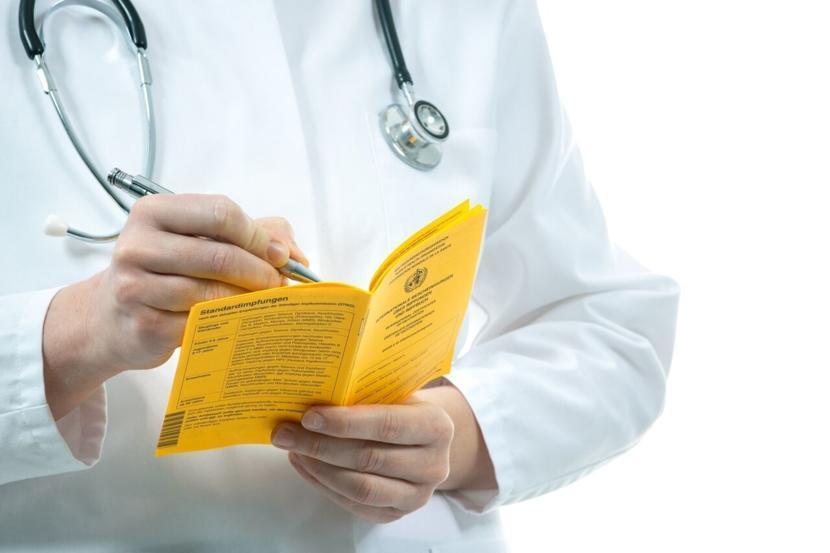What is a Cystoscopy?
How cystoscopy has become the most indispensible tool for evaluating urogenital disorders leading to blood in urine

In cystoscopy, a slender, flexible or rigid tube (cystoscope) with a lighted camera at its tip is positioned inside the urinary bladder. The device is lubricated and gently slid inside the bladder through the urethral opening in the penis under anesthesia. The procedure enables the urologist to glimpse the interior of the ureter and the bladder walls. The images recorded by the camera are displayed on an external monitor.
Cystoscopy is very useful for examining the urinary bladder, both ureters and the urethra for signs of infection, inflammation, growths or tumors. The procedure gives a boost to the diagnosis and treatment of Urinary Tract Infection (UTI).
The Diseases and Disorders of the Urinary Tract That Can Be Diagnosed Using Cystoscopy
- UTIs recur frequently and merit a closer scrutiny of urinary tract tissues.
- There is microscopic or gross hematuria (blood in the urine).
- The urine specimen shows abnormally grown tumor cells.
- Urination is frequent.
- Patient feels the need to urinate even when he is relatively dehydrated
- The patient is unable to control urine emission and suffers sudden and involuntary urination.
- The patient suffers pain and burning while urinating.
What Cystoscopy Reveals In the Lower Urinary Tract
Calcification: Rigidly calcified masses called stones form in the kidney in acutely dehydrated bodies because of a deposit of calcium and magnesium salts, uric acid and oxalate crystals. These stones sometimes break up and travel further down through the ureter into the bladder causing pain and bleeding. Cystoscopy helps identify and remove stones.
Cancer: Abnormal polyps and cancerous tumors may develop in the walls of the ureter and bladder causing bleeding. They may also slow down the normal passage of urine. Through cystoscopy, the urologist extracts samples of abnormal tissues to test for malignancy.
Ureteral Strictures: Cystoscopy reveals a peculiar wrinkling and narrowing of the muscular ureteral passage called a stricture. This normally indicates prostate problems and may lead to the formation of scar tissue.
How the Urologist Uses Cystoscopy to Treat Problems
Cystoscopy is an immensely useful technique for tackling a host of problems in the lower urinary tract. The urologist:
- Locates and identifies and removes stones that are tearing and bleeding the walls of the ureter and urethral opening.
- Incises and removes abnormal growths that are destroying healthy tissue
- Removes urethral blockages that may be interfering with the normal passage of urine.
- Extracts small clumps of the bladder and ureter tissue for conducting laboratory biopsies.
- Cleans the ureters and bladder walls. He injects medication to heal inflammation in the walls.
- Repairs damaged sphincters to treat urinary incontinence.
- Placing and removing stents (small hollow plastic tubes) in the ureter to simplify the smooth passage and extraction of stones.
Using special cystoscope catheters, the urologist injects contrast dyes to irrigate the urinary tract starting from the ureters downwards. Radiographic images are then studied to determine where urine flow is being blocked. This technique is also called retrograde pyelography.
Discomfort
If a softer flexible cystoscope tubing is used, only local anesthesia is needed and the patient can resume work the same day. Mild soreness or irritation while urinating may persist for a few hours. Harder, more rigid tubes may require either general anesthesia or epidural anesthesia in the spine. This is a time-consuming procedure and requires a preoperational preparatory period and post-operative rest period. After effects could be nausea and backache relieved promptly through medication.











